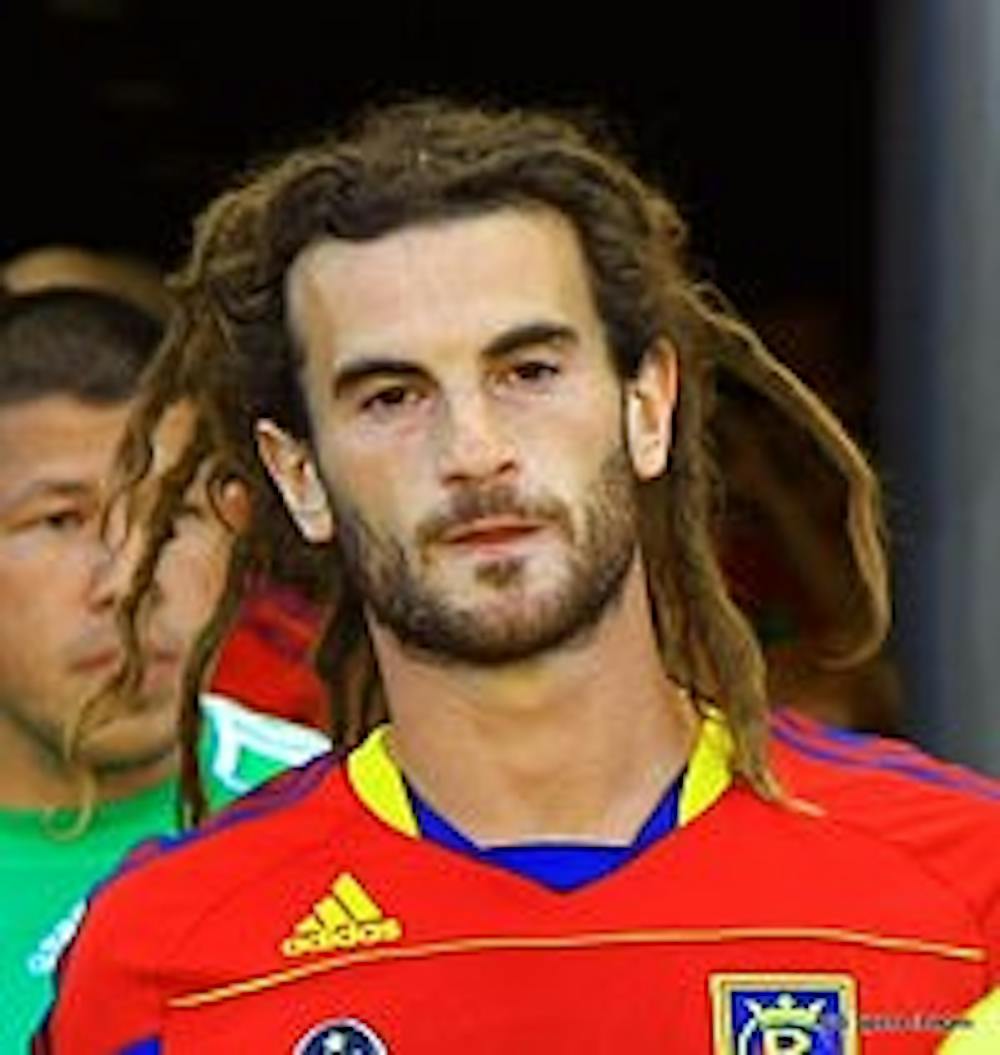There seems to be a sense of panic spreading across U.S. soccer circles. On the tail end of consecutive losses in international friendlies to Colombia and the Republic of Ireland, the team is winless since a post-World Cup friendly with the Czech Republic. Key contributors from the last World Cup cycle are, for the most part, either aging or out of form. There is certainly cause for concern. Brian Sciaretta, in an opinion for American Soccer Now, aptly surmises the prevailing pessimism.
“Through five games since the end of the World Cup, the Americans have regressed and the passion has been sorely missing,” he writes. “U.S. Soccer is gambling that [coach Jurgen] Klinsmann will avoid the poor second cycles that plagued former national team coaches Bruce Arena and Bob Bradley. If the last few months are any indication, that may not be such a smart bet.”
To be sure, the results have been less than inspiring. Though a 2-1 loss to the world’s third-ranked national side in Colombia — which fielded as competitive an 11 as it reasonably could — is not entirely discouraging, the Stars and Stripes seemed to lack the attacking-minded, high-pressing, proactive style Klinsmann was brought on to instill. Careless giveaways plagued even normally reliable distributors like Matt Besler and Alejandro Bedoya. Tottenham-bound World Cup standout DeAndre Yedlin looked a shadow of his Belgium Round of 16 self — even when pushed further up the field to the wing during the second half of the match.
Even more concerning, however, was the 4-1 humiliation against what could be objectively called an Ireland B-side. The U.S. team was outworked, beaten for 50-50s, and defensively overwhelmed. Besler and his counterpart in the central defence, Geoff Cameron, were exposed on multiple occasions, while Jozy Altidore and Chris Wondolowski failed to inspire confidence on the attacking end, proving an ultimately impotent striking partnership.
That said, these first six months after a grueling World Cup campaign — which saw the U.S. team emerge from the tournament’s Group of Death — are meant for experimentation. It’s almost as if these doubters — like Sciaretta, who views this recent run of form as something indicative of the team’s overall condition — have never lived through the post-World Cup months of a national team. They apparently place no value in the fact that Klinsmann lead the team to its winningest calendar year in U.S. soccer history in 2012, and proceeded to beat that record the following year — which included a 12-game winning streak.
While we certainly can’t allow Jurgen to rest upon his pedigree, here’s why you shouldn’t be so worried.
For one, Klinsmann's camps have included an incredible variety of players: from newly rising MLS stars, seasoned but forgotten veterans and Liga MX regulars to European journeymen, an NASL star, and even one promising college prospect. Jurgen is still trying to figure out how he can adjust his program in the event that an exciting youngster like Joseph-Claude Gyau or John Brooks emerges a regular starter in the Bundesliga. If these trials aren’t done early in the cycle, there may never come a time for these lessons to be learned.
The process has already borne fruit in at least one major position of need: left back. Greg Garza, after making the position his own with club team Tijuana in Mexico, has emerged as a remarkably solid option for the national team. After making his first national-team appearance as a sub for Tim Chandler versus the Czech Republic, Garza earned starts versus Ecuador and Honduras. Jurgen proceeded to allow him considerable time versus Colombia and Ireland.
In comparison to the out-of-position incumbent DaMarcus Beasley and highly inconsistent Chandler, the spot now appears Garza’s to lose. Meanwhile, Joey Gyau, of Bundesliga powerhouse Borussia Dortmund, proved a rare spark on the wing versus the Czech Republic. Fullham starlet Emerson Hyndman, an 18-year-old midfielder, also provided a largely mistake-free 23 minutes in Prague.
The team’s less than stellar results can also be attributed to the absence of the best XI’s spine in Tim Howard, Michael Bradley and Clint Dempsey. Sure, the trio is aging, but its presence is crucial to the squad's overall composure.
Further, Jurgen was testing the veterans that were available in new positions — providing insight that is just as valuable as new-talent evaluation. It remains to be seen whether traditional defensive midfielder Jermaine Jones really belongs at center defense, while Cameron appears to have removed himself from center-back contention. Bedoya, on the other hand, seems to have proven his ultimate versatility, providing intelligent play at any of the center mid or wing positions.
Jurgen appeared to be experimenting tactically as well, lining up in a 4-3-3 in Prague, a 4-4-2 diamond against Honduras and 4-4-2 classic against Ecuador — as well as his preferred 4-2-3-1 against Colombia before returning to a 4-4-2 diamond against Ireland. For constantly mixed and refreshed rosters, this tactical inconsistency provides an obvious obstacle to cohesive play. Add in the fact that a slew of subs are made during the second half of each game, and include that MLS players were dealing with end-of-season fatigue, and one shouldn’t expect much from the team during this tumultuous transition period.
Fortunes, to the extent that they were low before, seem to be changing already. Strikers Aron Johannsson and Terrence Boyd each found the net in their first games back from injury in the Eredivisie and 2. Bundesliga, respectively. Brooks also delivered a solid 90-minute shift in Bundesliga action after a spotty start to the season.
Jurgen’s January camp will see a completely new crop of players, presumably comprised of a minimally experienced MLS majority. The struggles of a new group molding to new tactics could yield further shaky results. But even if the group sees victory, that’s not necessarily an indicator of a perfectly-oiled machine.
These times are for learning, not results. Things aren’t all that bad, Brian.





